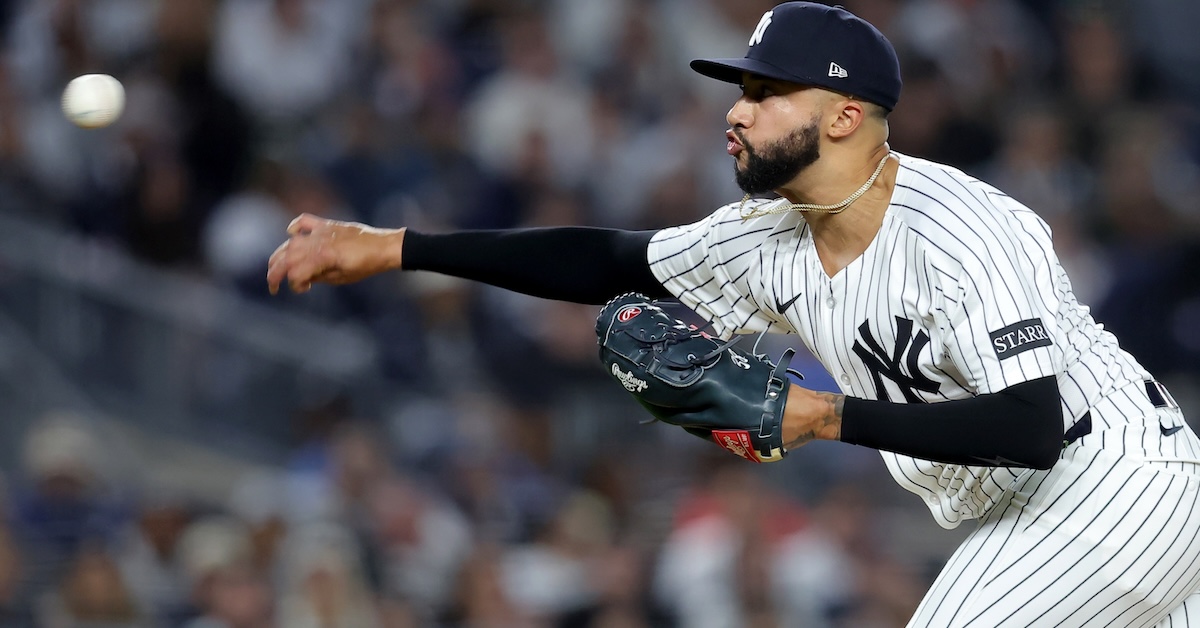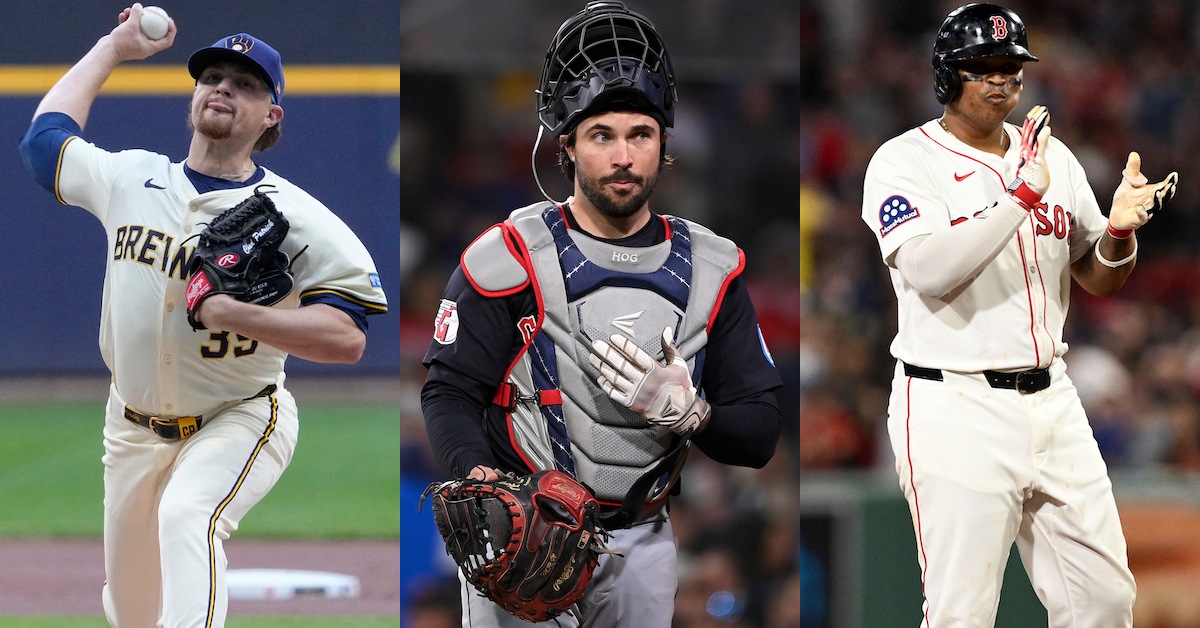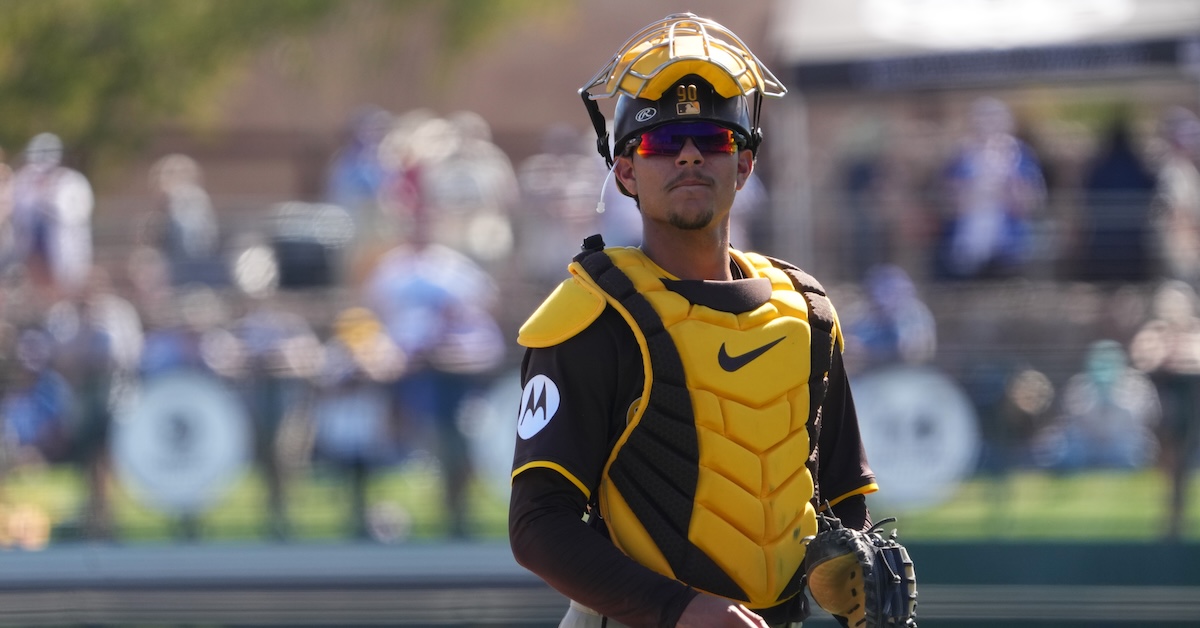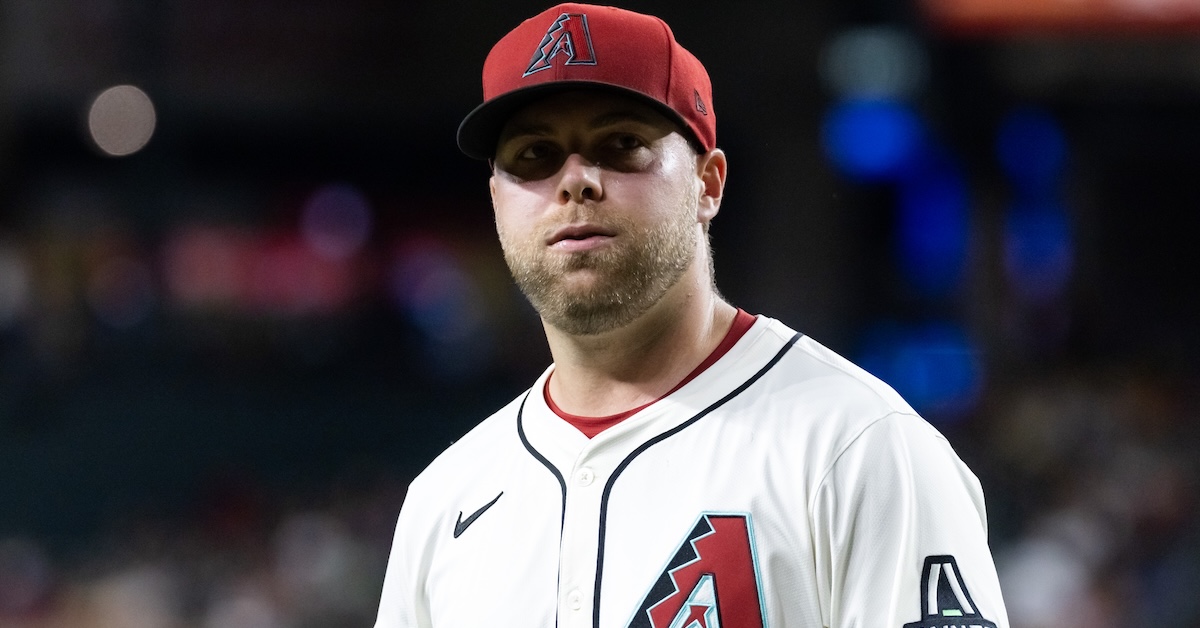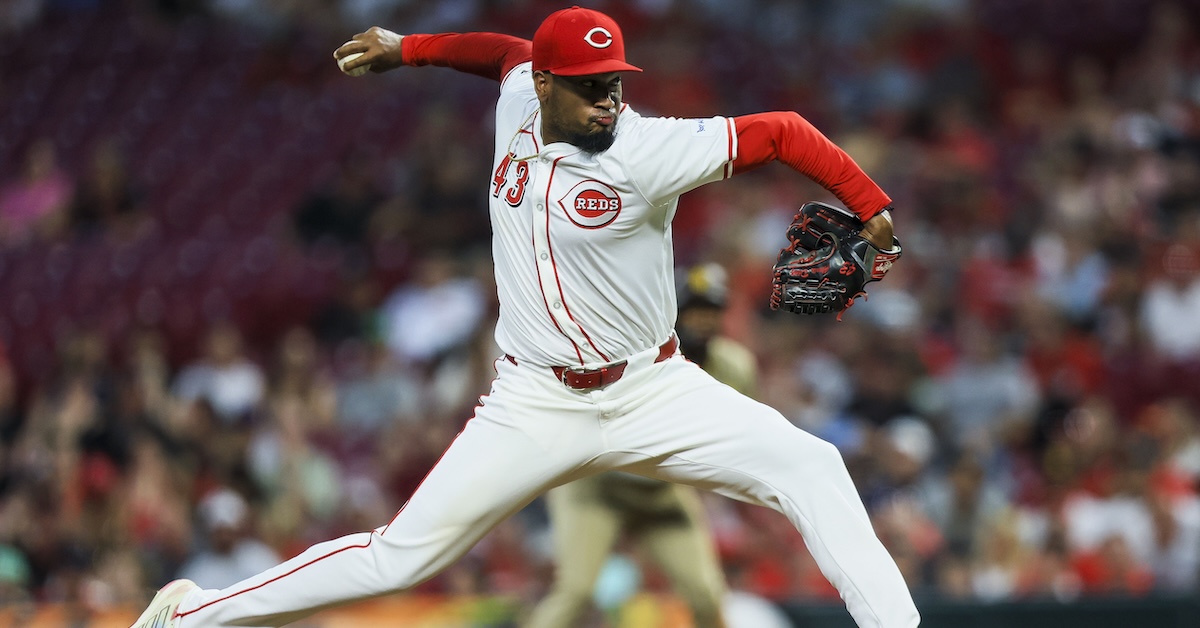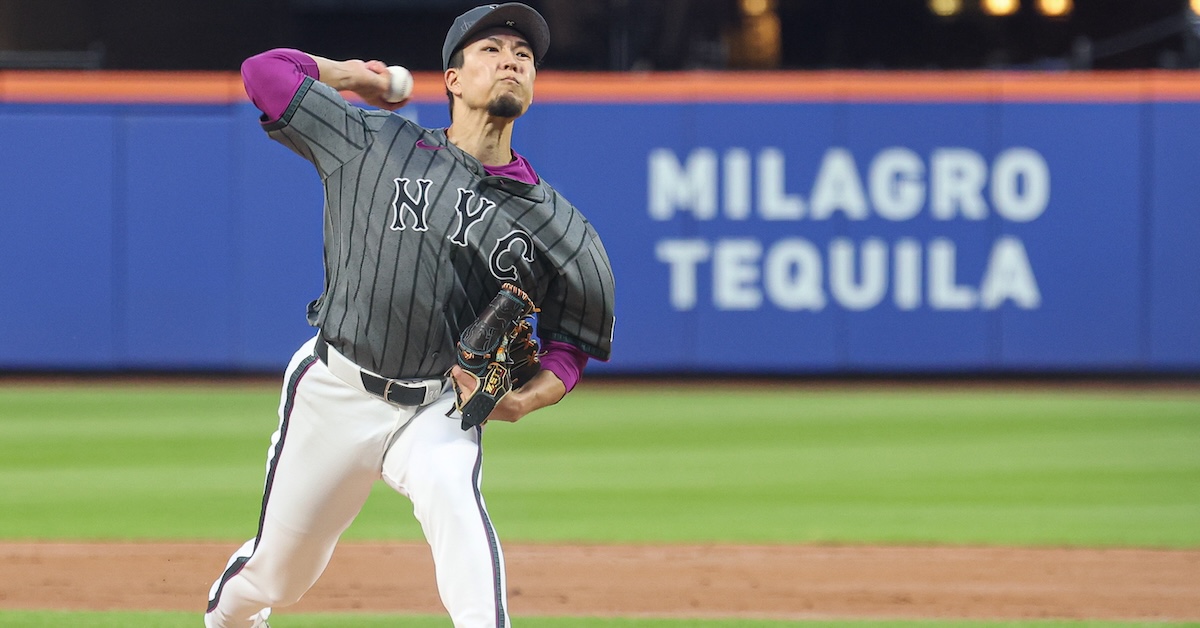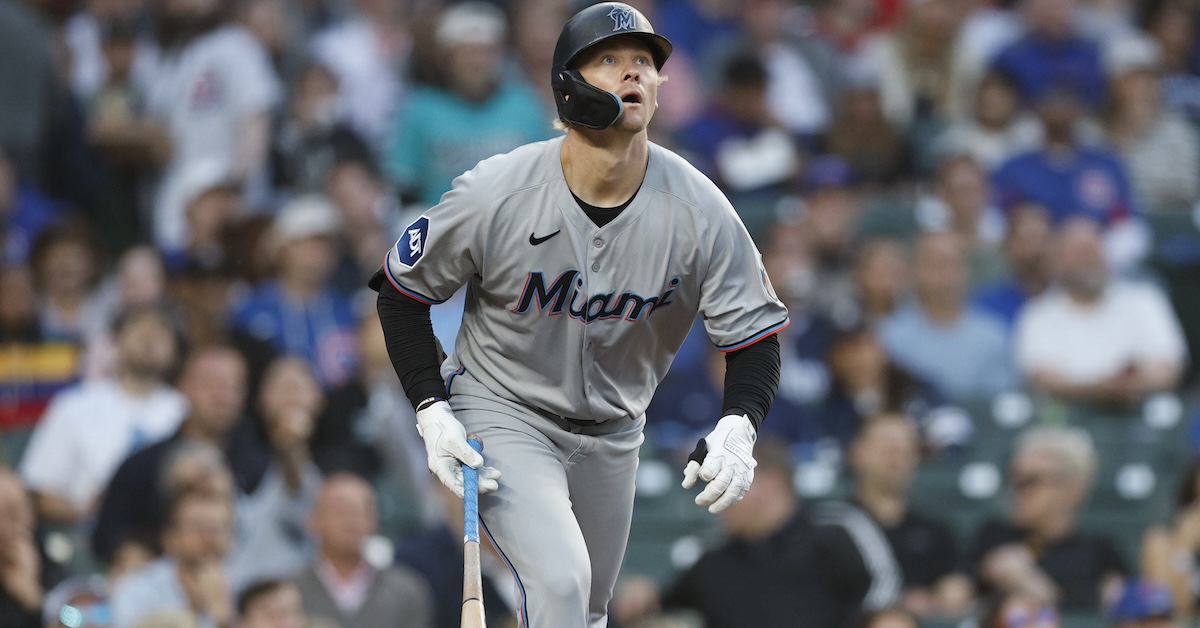Carlos Narváez Is Building His Reputation

I owe Red Sox catcher Carlos Narváez an apology. In my preseason write-up of Boston’s backstops, I called him “organizational depth.” I lumped him in with Blake Sabol and Seby Zavala as the uninspiring backup catcher options for the team with the worst projected WAR at the position in the American League. That was in March. Now it’s June, and the rookie is slashing .288/.356/.456 with five home runs and a 126 wRC+ through 47 games. Thanks to strong framing, blocking, and throwing skills, he has earned himself 6 DRS and a +6 FRV. The only catcher who has him beat in both metrics is defensive wizard Patrick Bailey. By WAR, Narváez is one of the top-30 position players in the game. Among catchers, he ranks fifth, and if you only consider WAR accumulated as a catcher, he ranks second. If he keeps this up for a few more weeks, he’ll have a compelling case to be Cal Raleigh’s backup at the All-Star Game this summer.
Regardless what happens from here on out, Narváez has already been far more than just depth for the Red Sox. I was wrong, and I will readily eat crow or humble pie, though I’d really prefer the pie. At the same time, I can’t blame myself too much for overlooking him. After all, it took more than eight years from the day he signed with the Yankees as an international free agent for him to appear as anything more than an honorable mention on one of our organizational top prospect lists. Even then, Eric Longenhagen ranked him 32nd in the Yankees system (35+ FV) entering 2024, with the words “third catcher” closing out his write-up. Meanwhile, Narváez didn’t appear on a Baseball America list until this past offseason, when the publication ranked him 29th in the Red Sox organization. Neither Baseball Prospectus, nor The Athletic mentioned him on their top-20 Red Sox prospects lists this winter.
While I might have been wrong about who Narváez would be, I wasn’t wrong about who he had been when I called him “unknown” and “hardly… a top prospect.” Still, I used his reputation, or really his lack of a reputation, to let myself off the hook from learning more about him. Relying on reputation is often a necessary heuristic technique – if we all had to verify everything for ourselves, we’d never accomplish anything – but that doesn’t mean it can’t lead to mistakes. With more than 100 catchers to consider for the Position Power Rankings, I needed to find ways to reduce my workload. So, I glossed over Narváez because he didn’t have enough of a reputation to attract more of my attention. Read the rest of this entry »

